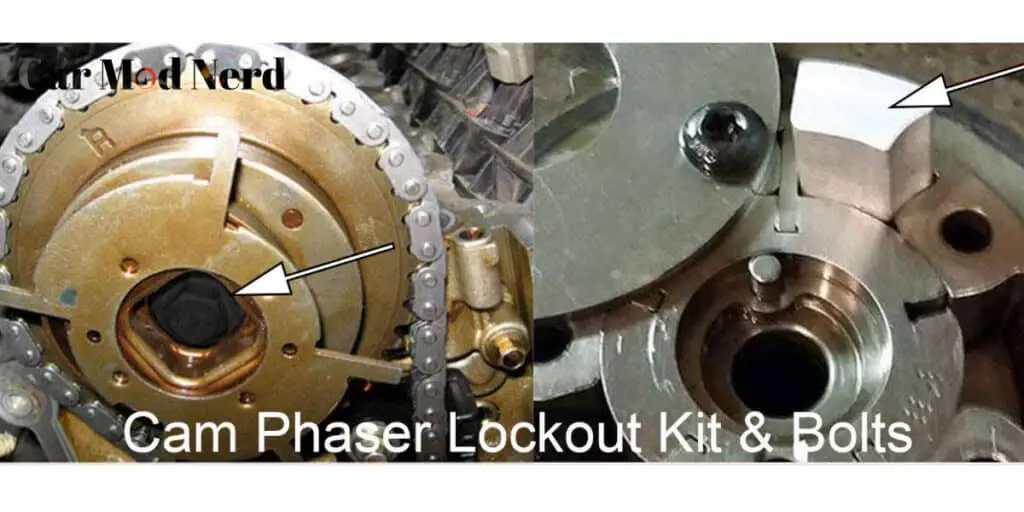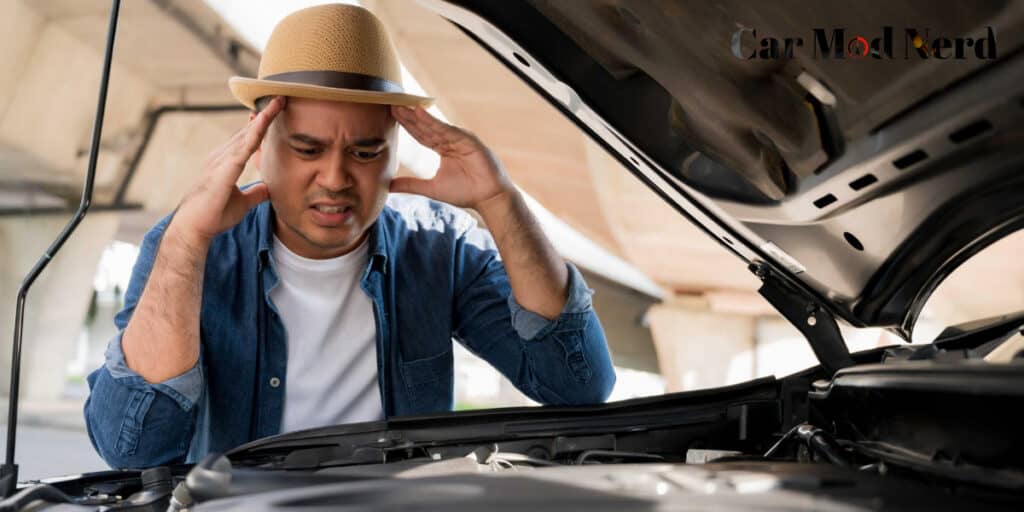High Beam vs Low Beam in a short, if you’re driving with the high beam on, it lights up everything directly ahead of you; if you’re driving with the low beam on, it lights up everything directly behind you. Use high beam headlights when you are traveling at a fast speed or in an area with minimal obstructions. The low beam should be used in normal driving conditions where you need better visibility.
If you get pulled over by a police officer and you happen to be driving a car with high beam headlights on, you could be in big trouble. But it’s not all bad news. If you get pulled over and you happen to be driving with low beams on, you might be in even bigger trouble.
So which is which? The answer is a little bit complicated, but is a matter of a single letter in the word ‘beam’.
The road can be a fun zone and a dead zone too. According to NHTSA, around 38,680 people died in road accidents in the year 2020, which happens to be the most significant number since 2007.
The rate of accidents that occur at night is more prominent than those happening during the day. Several statistics show that driving with the daytime running light or fog lamps during the day can reduce accidents by 10%.
Headlights are vital parts of a vehicle. Headlamp ensures our safety on the road. The most recent and available technology is the LED bulb. In addition, we have halogen bulb that make use of wire filament.
High Beam Vs Low Beam
Every component of a vehicle has an essential purpose-designed to cater to the safety of the occupants, and headlights are no different. These headlamps help us on the road at night and daytime. They feature two modes, the low beam headlight and high beam headlights.
The high beam light serves the sole purpose of providing a clear view in places where it is scarce or no immediate source of light with no or less traffic; this translates to using a low beam light if a vehicle is at a closer range to ensure a safe gap between you and other vehicles for your safety.
When To Use High Beam
Use high beams in poorly lit roads or deserted highways (highways with no traffic) because high beams have greater intensity in light prominence, giving better visibility. Do you know you can use your high beam as a warning signal of the vehicle’s presence to oncoming traffic or a signal for the right of passage?
You can flash your high beam instead of your horn to minimize noise pollution. Some cars feature automatic high beams, which is a blessing. High beams come in handy when driving on dark rural roads. This will make the road safer for other road users. Remember to switch to low once out of danger.
Use high beam and horn while overtaking to get other driver’s attention.
When To Use Low Beam
The low beam is automatically turned on the moment you ignite your car. It emits short-range light; the goal is to provide sufficient light beam, allowing you to see what is on the road in front of you without causing abstraction to the oncoming vehicle. Use low beam for better illumination when driving in the snow, rain, or fog because low beam provides much clear visibility.
In addition, the possibility of light particles bouncing and blinding the driver is minimal. Use low beam headlamps when the likelihood of spotting something near the road is much higher.
How Do High Beam Work
On top of the dashboard of a vehicle, there is a switch that serves the purpose of adjusting the headlight, this switch directly connects to the vehicle’s headlight, inside the headlight, you will find a small device rotating both sides it has a motor, which turns on the high beam, usually has the high beam symbol on it.
Automatic high beams depend on a high-tech camera mounted in the windshield, which serves the primary function of identifying oncoming vehicles and the cars in front; in such a scenario, the high beam switches to low beams. It also has an image sensor installed that helps in capturing the image.
How Do Low Beam Work
Low beam light has a projector that transforms light and directs it through a sunken lens enabling the drivers to get better illumination since the light is controlled. The lens aligns the light beam path, thus directing every single beam in one given direction.
The level of radiance above the breakoff line is always gauged when the lights are on. Inside the projector, there is a protector or a cover that helps regulate the light output hence making it concentrated outside and downwards. The filament position is adjusted in the bulb, thus the ability to keep off the glare from oncoming drivers.
Safety Precautions Of Using High Beam
- Never use it as the default light.
- Always adjust your rearview mirror to prevent light out of your eyes. Because this will obstruct you.
- Always look to the opposite side of the lane.
- Always make sure that your high beam can enable you to see a person in front of you.
- Immediately you are a past danger, turn it off.
- Use high beam when there are no other vehicles on the road.
- It should never be used in extreme weather conditions like rain, fog, and snow.
- Only use it when the road has no light or the light is dirty and cannot enable you to see clearly.
- Turn off the high beam when the vehicle near you doesn’t have any light on.
- Always make sure that your windscreen is clean.
- Always consider other road users; if your light causes some form of discomfort to them, politely turn it off.
- Always remember to check if the system can automatically turn the high beam on and off; this is for your safety and other road users. Very important.
- Make sure your car has no mechanical problems.
Safety Precautions Of Using Low Beam
- When an oncoming driver is not using the same beam as you, kindly flick your light from low to high than to low. This will enhance their/your safety.
- When driving at night and you can not see far, kindly try and use a low speed you will still reach your destination a bit late but safe.
- Your low beam should shine at a closer range. This will enable you to react safely to any obstacles on the road.
- Regularly check if your low beam is in good working condition, and don’t let dirt stick in it; clean it! A neat headlight will give you a confident boost.
- Use a low beam when you are closely approaching a vehicle.
- While driving in the fog, rain, or snow, kindly always slow down. Your life, and others are important.
- When an oncoming driver is not using the same beam as you, kindly flick your light from low to high than to low. This will enhance their/your safety.
- Always glance at the opposite edge of the road.
- The light should be slightly higher on the passenger’s side and lower on the driver’s side.
- When there is a vehicle coming towards you and using a high beam, this is a reckless driver that could be on a suicide mission; watch out! Protect your eye from the bright light and maintain your lane.
Best Bulb Types For High Beam
Now that we have the know-how on headlights bulbs and how they work, the next question is which are the most effective headlight bulb and why?
We have three significant types of headlight bulbs for high beams. Halogen Xenon uses new technology which is capable of creating long-lasting brighter light.
The third one is LED, which is the most recent in the automotive industry, is more energy-efficient, and lasts longer. One of the best headlight bulb in is SEALIGHT 9005/HB3 LED FOG. It’s worth keeping in mind that the design of your car also determines the type of bulb.
Best Bulb Types For Low Beam
Headlight bulb on different vehicles varies, some bulbs can serve both the high and low beams. In addition, some cars can switch between two separate bulbs. We have single filament bulbs which have only one filament; this means they can either be off or on. We also have dual filament bulb, which can dim the light if needed and serve both high and low beam.
We have single filament bulbs which have only one filament; this means they can either be off or on; we have different headlight bulbs to choose from depending on the design of your vehicle Philips – 85122C1 can be a good choice; we also have SYLVANIA which happens to be the most common and highly appreciated because it is pocket friendly, and also its flexible since it can be used for both high and low beam.
High Beam Vs Low Beam FAQ
Every component in a motor vehicle has a distinct purpose, which was generally designed because of our safety on the road. Ever since they came into existence, headlights have kept on evolving; so did the high beam and low beam. High beam is for roads where other light sources are not available and low beam is for your everyday ride.
The high beam and low beam lights at the front of your car may as well be as common as the light bulb in your house. In the US, the Federal Motor Vehicle Safety Standards have long required headlamps to have two beams, a high beam and a low beam.
In the UK, cars have been required to have a beam indicator since 2008, meaning that there has been a certain degree of uniformity in the UK.
In the US, the first law requiring daytime running lights came into effect in 1967, but there were no daytime running lights at the front of cars, and headlamps were typically limited to a single beam.
Bilux was the only bulb in the past. Currently, we have a wide range of LEDs, Halogen, and Xenon HIDs, which vary in intensity take advantage of the latest innovation. As they say, when you are given power, you are given responsibility. The technological evolution is dissolving the debate of high beam vs low beam with automatic switching functionality.
Use the high beam for dark rural roads and while overtaking and low beam is for regular times or even use as daytime running light. Use the right beam for the proper purpose at the right time. let the safety of other drivers be our priority by creating a safe driving experience.




